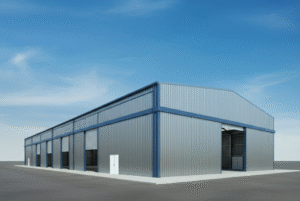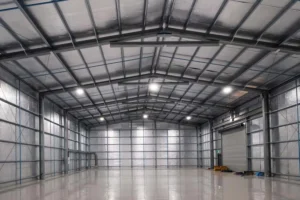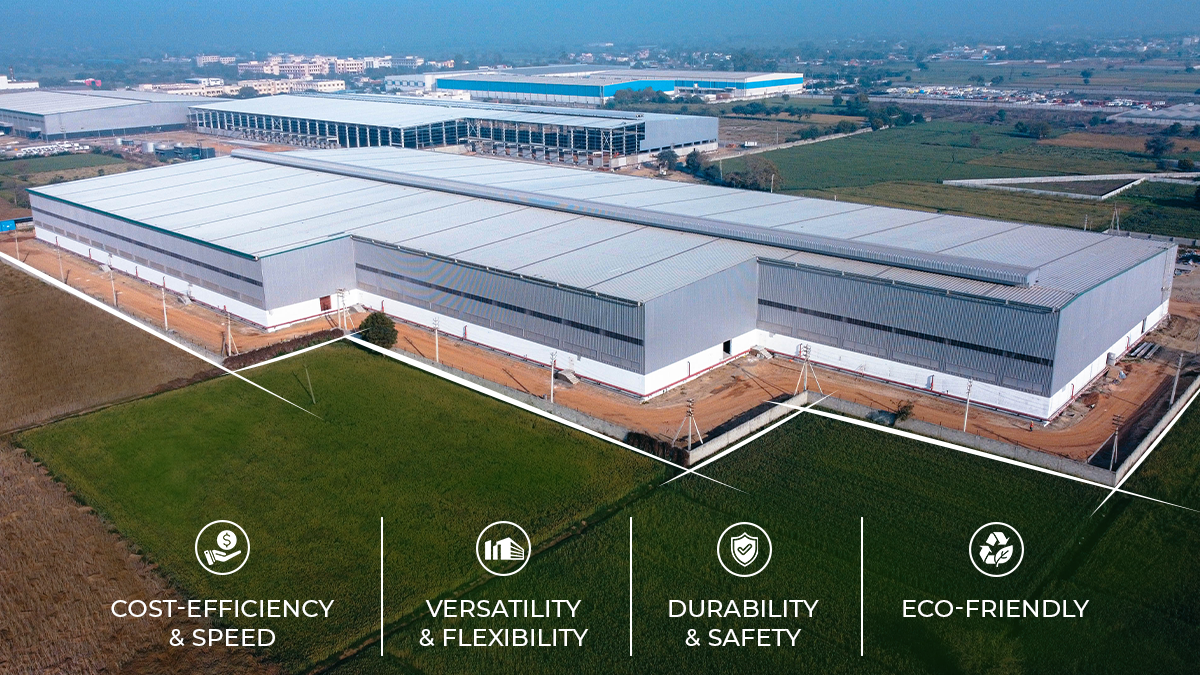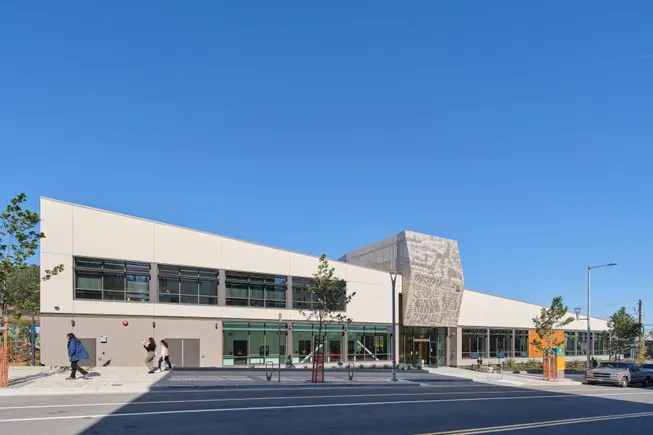
Swinerton scales up with public work
[ad_1]
Swinerton is finding ways to grow while other contractors pull back by leaning into public sector work and shoring up its supply chain.
The Concord, California-based builder recently jumped five spots to No. 30 on ENR’s list of the top contractors in the country by revenue, hitting $4.85 billion in 2024. The gain comes as many contractors deal with project delays and abandonments, especially in the private sector.
That explains Swinerton’s push into civic work and alternative building materials. Recent projects include Charlotte, North Carolina’s first all-electric firehouse and a new mass timber community center in San Francisco’s Sunnydale neighborhood. The firm’s mass timber affiliate, Timberlab, continues to play a key role in this strategy, especially as contractors seek cost certainty amid tariffs and economic volatility.
Other affiliates in Swinerton’s ecosystem of companies include Lindgren Development, a wholly owned subsidiary that offers capital investment; SAK Builders, a concrete services company; and MDBuilders, a full-service general contractor.
Swinerton has also ramped up its workforce development. The contractor recently launched apprenticeship pathways, student outreach and local hiring efforts on projects such as Sunnydale, said Kevin Smith, vice president and division manager for Swinerton’s Carolinas division.
Here, Smith talks with Construction Dive about Swinerton’s growth, sector strategy and overall uncertainty in the current construction climate.
This interview has been edited for brevity and clarity.
CONSTRUCTION DIVE: What were the key drivers behind Swinerton’s growth over the past year?
KEVIN SMITH: Throughout our 135-year-plus tenure, strong industry relationships have been the key to Swinerton’s success.
Our trusted trade partners uphold our standards of quality and excellence, working alongside our teams to make a client’s vision reality. Our national accounts team and target market leaders deliver consistent, efficient service nationwide.
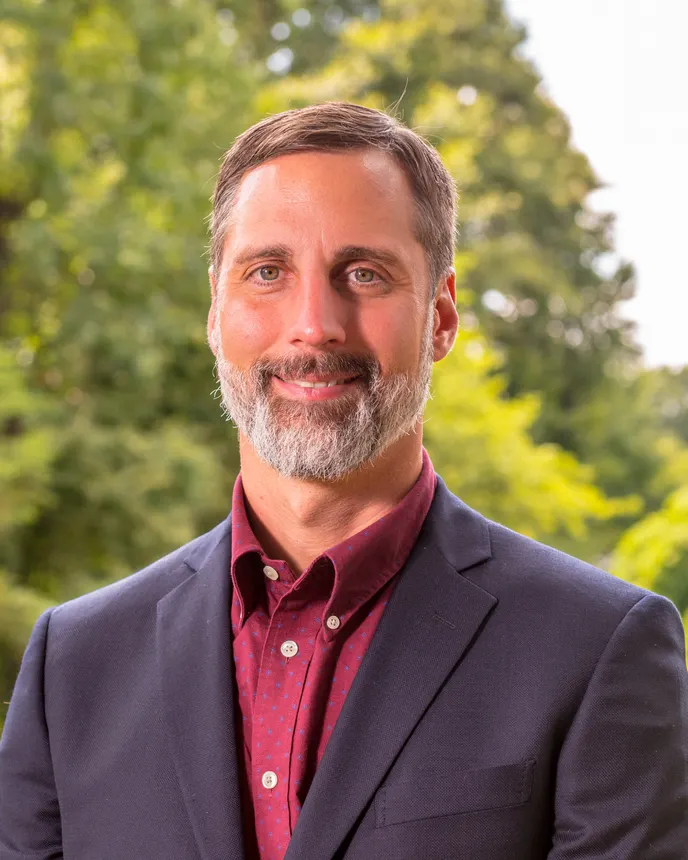
Kevin Smith
Courtesy of Swinerton
This model has enabled us to build over $10 billion worth of projects for leading clients across markets, such as aerospace, finance, hospitality, industrial manufacturing, large-scale and luxury retail, science and technology and corporate workplaces. Swinerton has also developed an ecosystem of companies that support each other and fulfill a variety of client needs, from mass timber to sustainable energy and beyond.
Finally, strategic leadership appointments and ongoing talent investment continue to position Swinerton for bold growth goals across key markets.
How has Swinerton’s project mix evolved recently? Which sectors have been most active?
Swinerton continues to evolve its project mix by expanding expertise and pursuing innovation across markets.
To ensure long-term stability, we have focused on diversifying our portfolio nationwide. One sector of recent focus is public and civic and public-private partnerships, where we’re partnering with municipalities, government entities and communities to deliver efficient, community-focused design and construction.
In the Carolinas, we are nearing completion of Charlotte’s first all-electric firehouse and have broken ground on the city’s first net-zero carbon police station. Our civic portfolio also includes libraries, courthouses and community centers.
How have tariffs impacted costs and how is that affecting your procurement strategy?
Tariffs have created ambiguity in the market, making it challenging for our trade partners and self-perform teams to establish firm fixed costs for building materials. In response, we are engaging in transparent conversations with clients to explore mitigation strategies.
We assess which materials may be impacted, evaluate the origin of manufacturing and identify opportunities to redirect efforts toward domestic options. One effective approach has been the increased use of mass timber across projects nationwide. This reduces exposure to cost escalation risks and material availability concerns.
Further, mass timber provides opportunities for budget and schedule efficiencies.
Do you think a potential interest rate cut could unlock demand for construction activity for private work?
Investors and developers continue to seek stability in the current market to push projects forward. A rate cut could help stimulate private sector construction by reducing financing costs.
However, sustained demand will depend more on market stability and predictability, which are essential for investor and developer confidence.
Are there any other trends Swinerton is keeping tabs on?
The skilled labor shortage continues to be a challenge for the construction industry.
Swinerton actively addresses this by partnering with organizations like SkillsUSA and local schools to educate young professionals on construction careers. We also offer an apprenticeship program that provides hands-on training and a clear path for advancement from entry-level roles to supervisory positions.
Investing in workforce development remains a top priority, as the next generation of construction professionals is critical to our long-term success.
Additionally, we also continue to expand our focus on target markets such as aviation and healthcare. These markets demand innovative solutions, and we are committed to delivering environments that enhance the experience for travelers and patients.
[ad_2]
Source link
Post a Comment
You must be logged in to post a comment.



